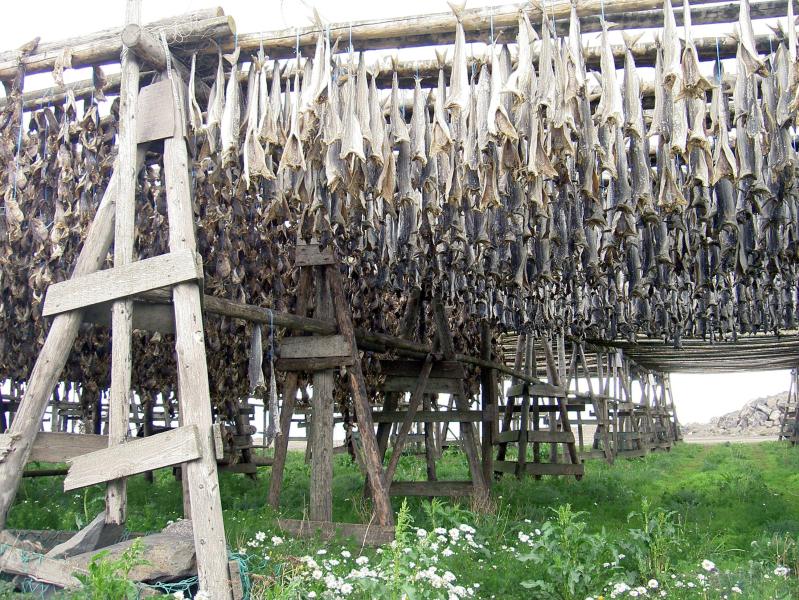- Read offline
- Access all content
- Use the in-app Map to find sites, and add custom locations (your hotel...)
- Build a list of your own favourites
- Search the contents with full-text search functionality
- ... and more!
estocaficada
stockfish

Nice’s love of stockfish (estocaficada) shows the city’s Italian roots, which partly explains why Nice, with nice fresh fish on its doorstep, would love dried cod.
Dried cod needs to be softened in water for several days before it can be made into the city’s favourite recipe: stewed in olive oil with onions, garlic, tomatoes, peppers, potatoes and fresh fennel, thyme and parsley and olives.
Not to be confused with morue, stockfish gets its name from the Dutch (or Danish) for ‘stick fish’, either because of the scaffolding used to dry it or the texture of the fish when it’s dry.
A Venetian past
Stockfish came to southern Europe thanks to a Venetian nobleman, Pietro Querini, who was stranded with his crew for months on Norway's Lofoten island in 1432. He was the first to watch the annual rite of cod caught in the Barents Sea from January to April and left to dry in the Arctic wind until the fish become 'as dry as wood.'
He brought 50 barrels back to Venice, beginning a taste for it along the Adriatic—which spread to Naples, Liguria and Nice. Even today Lofoten exports thousands of tonnes to Italy every year and attracts Italian tourists along the 'stockfish trail'.
Image by Chris 73 on Wikimedia Commons

